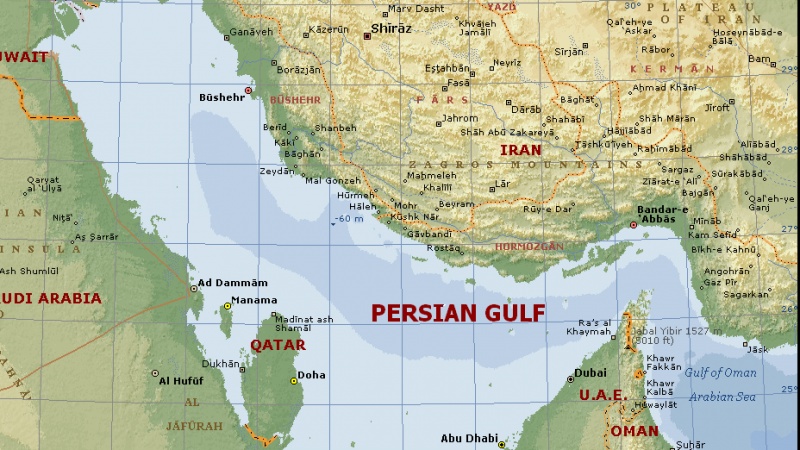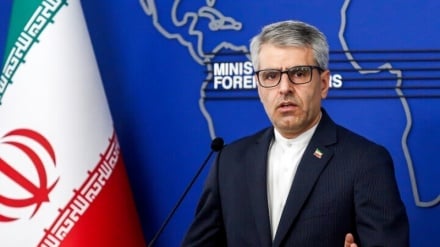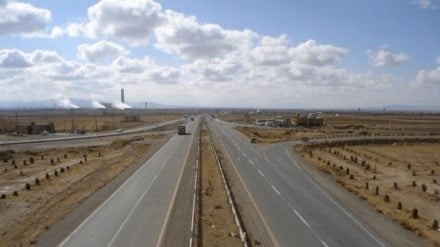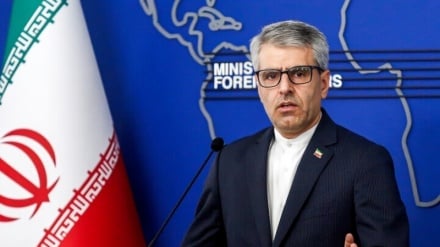The Persian Gulf, Persian for ever
The national day of Persian Gulf corresponding with May 30 is to commemorate a name which has its roots in the ancient history of a mankind.
Although the national day of Persian Gulf was determined by the government of the Islamic Republic of Iran in 2005 against broad violations of international principles by a handful of Arab regimes in fact this day and name has originated in the depths of history and culture of this nation.
The Persian Gulf is a waterway that extends along the Gulf of Oman and is located between Iran and the Arabian Peninsula. With an area of 237,473 square kilometers, Persian Gulf is the third gulf in the world after the Gulf of Mexico and Hudson Bay.
The Persian Gulf is connected on the east with the Indian Ocean via the Strait of Hormuz and Gulf of Oman; while it ends in the Arvand Delta in the west.
Iran, Oman, Iraq, Kuwait, United Arab Emirates, Qatar, Bahrain and Arabia are the littoral countries of the Persian Gulf while Iran has the longest coastlines on this gulf. As a matter of fact the north part of the Persian Gulf is wholly in Iran’s territory. Due to the existence of rich oil and gas resources, this waterway is considered among the most important and geostrategic regions in the world.
According to the document 61 of the United Nations pertaining to the geographical names, the past record of the name “Persian Gulf” dates back to prehistory. These documents clarify that this body of water used to be called by the names Pars, Iran and Ajam.
Since the 5th century BC this region has been called Persian Gulf. Indeed, the Greek, the Romans, the Abbasid rulers and the Islamic geographers used to call this waterway by this name and this name has been used in the historical books such as Tabari, Ya’qubi, Masoudi and so on.
After the invasion of Iran by the Portuguese and the Spanish, and later on the British and the French, it was called Persian Gulf in all texts and documents. The Encyclopedia Britannica and other encyclopedias of America and former Soviet Union had all used Persian Gulf for this body of water.
In the script of the Achaemenid king, Darius the Great, a significant phrase reads, Draya tya hacha aity Parsa; meaning “A sea which passes through Persia”.
Greek historian of the 2nd century, Flavius Arianus, in his book Anabasis Alexandri has applied the name Persikon Kaitas for the Persian Gulf. The meaning of Persikon Kaitas is very close to Persian Gulf.
Strabo, another famous Greek historian who died in 23 AD, has frequently used the same name to introduce the Persian Gulf. He stresses that the Arabs live in a region between the Red Sea and Persikon Kaitas.
Claudis Ptalemaeus or Ptolemy, the Greek scientist who was born in 100 AD, has called this waterway as Persicus Sinus which exactly means Persian Gulf. Some of the Latin sources have mentioned Sinus Persicus or Mare Persicum; the latter meaning the Persian Sea.
It should be reminded that the translation of Sinus Persicus is used in many of the living languages of the world. The French call it Golfe Persique, the Germans call it Persishcer Golf, the Italians call it Golfo Persico, the Russians call it Persiyski Zaliv, the Japanese call it Perusha Wan and the Turks call it Fars Körfezi. Quintus Curtius Rufus, Roman Historian of the 10th century AD, has used the name Aquarum Persico which means the pond of Persia.
The historical and geographical sources of Islamic era have also used phrases like al-Bahr al-Farsi and al-Khalij al-Farsi for the Persian Gulf.
At any rate, the name of this gulf is Persian Gulf in all international organizations and the International Hydrographic Organization (IHO) has used the Gulf of Iran for this body of water.
In spite of all these documents and evidence since the 1960s, with the spread of Pan-Arabism, some of the Arab nationalists have taken unwise and illogical measures to turn the name into the Arabian Gulf. The Arab League, in a flagrant breach of all international rules, used this devised name. However, no international organization or institution recognized this impudent act.
The United Nations and other international and specialized organs consider Persian Gulf as the only valid name for this body of water. In a book the UN Secretariat and specialized agencies have reminded at least 8 times that the name of this body of water is Persian Gulf. For the first time, this UN organ confirmed in the document (AD311/1 Gen) on March 5, 1971 that the name Persian Gulf has always been used in all atlases and geographical books. The UN Secretariat announced in the memorandum (UNLA45.8.2C) on August 10, 1984 and in the memorandum (ST/CS/SER.A/29) on January 10, 1990 that the official name of the sea in the south of Iran is Persian Gulf.
The United Nations, in its annual conferences on “coordination of geographical names” has highly emphasized the name that has been used throughout history. The UN has several times, through its declarations, statements, ratifications various official maps, has not only stressed the name of Persian Gulf as the only official name for this waterway but has called for usage of this name in all correspondence.
By the way, what are the historical root causes of this distortion and devising of a bogus name for the Persian Gulf by a handful of reactionary Arab regimes?
Experts believe that the name Arabian Gulf was first used by the British agents who would commute the Sheikhdoms of the Persian Gulf. Roderic Owen was the first man to use the forged name of Arabian Gulf in his book Golden Bubbles in the Arabian Gulf. In this book which was published in 1958, he writes, “In all books and geographical maps I hadn’t seen any name except Persian Gulf but during several years of staying on the coasts of Persian Gulf I realized that the residents are Arab. Thus, it would be polite to call it Arabian Gulf.” The al-Arabia magazine had mentioned this in its 1958 issue.
Of course not all of the residents of the Persian Gulf are Arabs and this is not a logic reason to change its name which has been used for several millennia.
Following the seditious measures of a few Arab regimes, some of the American institutes, also, tried in a vain bid to distort historical facts. For instance, the National Geographic used the fabricated name Arabian Gulf in its Atlas. In 2006, too, the hired officials of Louvre museum in Paris used the bogus name instead of Persian Gulf. But, due to the widespread protests of the Iranians the two Zionist-funded organs were forced to apologize for their impudence and correct the distorted name.
The name of Persian Gulf will exist and be used for this body of water forever. The Iranian nation will never permit any person or organization to distort historical facts on the basis of hollow excuses only to satisfy the Zionists and the Global Arrogance led by the US.
RM/EA



